
Among the rolling hills of the Val d’Orcia, at the top of the hill covered with cultivated fields and meadows changing colors several times a year, there was once a small village. One day – six hundred years ago – boy was born, who after half a century was elected pope. He opened the church panniers with gold and donated considerable money to rebuild the village to create an ideal city. This is how Pienza, known to us today, arouses the universal admiration, one of the most beautiful towns in Tuscany. However, what made it an absolutely unique place was created not by man but by nature.
Dreams of the perfect Renaissance city
Corsignano was a small, indistinguishable village when Enea Silvio de Piccolomini was born in a family of impoverished noblemen at the beginning of the 15th century. A promising, capable son was educated by his family. A young man who loves art and literature for a long time led a secular life, and then suddenly in the mid-forties he felt a vocation to priestly life, he made vows and began his career in a Catholic church. He joined the Peter’s throne as Pius II rather soon, in 1458, and he reigned only for six years. However, it was enough to create a plan to rebuild the family town of Corsignano. Piccolomini wanted to create an ideal city that would satisfy his artistic sensitivity. To make his dream come true, he employed architect Bernardo Rossellino, and from Rome into the town, a lot of money from the papal pannier flowed. Work began with the main square, today called the Piazza Pio II in honor of the founder, the Piccolomini Palace, and the main street, which today is called Corso Rossellino, was also built. The unexpected death of Pius II caused the interruption of construction works, but in 1462 Piccolomini managed to change its name. From Corsignano came into being Pienza, a peculiar and very original monument to a man who loved this place and believed that he could breathe new life into it.
Pienza today
Contemporary Pienza is one of the most visited small towns in Tuscany and the main point of every trip to the Val d’Orcia. Equally willingly, tourists look to neighboring Montepulciano, but for accuracy, I will add that this is another valley – Val di Chiana. Pienza, despite its popularity, has retained a unique charm, which you can fully enjoy, bypassing the buzz that usually prevails on two squares and the main street. Shops offer a wide range, from porcelain to food and drinks. Small alleys smell like flowers, aromatic wine, and sheep’s cheese Pecorino, colorful roses are climbing over old walls, lazy cats are basking in the sun, seniors are sitting in chairs in front of houses, and delicious smells spread from numerous trattorias and restaurants. However, what makes Pienza – included in the UNESCO list in 1996 – is a unique place with magnificent views of the surroundings.
Pienza – top must see?
Small, but very rich in various attractions, the town is worth devoting to him a little more time. Observation terraces, romantic streets, a palace with gardens and several important monuments are at least a few hours. Believe me, Pienza is reluctant to leave.
Piazza Pio II and the Cathedral
The main square named after its founder. Of course, the Cathedral has a beautiful vault inside.
Piazza di Spagna
A charming square with pubs that offer outside tables during high season.
The Street of Love – Via dell’Amore
© geroboamo1
The Street of Love (Via dell’Amore), Street of a happiness (Via dell’Fortuna), Street of a kiss (Via del Bacio). Sounds beautiful, right? The streets of Pienza are charming and romantic, but nothing beats Via dell’Amore. It leads along the old city walls and is one of the two most beautiful viewpoints in the town. Where is the second one?
Observation deck behind the Cathedral
My favorite place in Pienza. While most turists pass the Cathedral on the left and enter to see the views from Via dell’Amore, I prefer to choose a street leading down the stairs to the right of the Cathedral. Beautiful views are sometimes obscured by huge cypresses growing at the foot of the city walls, but in sections with no trees, the landscapes are breathtaking.
The main street of the old center of Corso Rossellino
Palazzo Piccolomini and terraced gardens
The palace built for Pope Pius II can be visited, and what is particularly impressive are the Renaissance gardens at the back of the building, on the terrace facing the extinct volcano Monte Amiata.
Gardens in Palazzo Piccolomini © Carlo Danese
Pieve di Corsignano
This small church with a round tower dating from the ninth century is outside the city walls. It is here, that the little Enea Silvio de Piccolomini was baptized.
Pienza – where to sleep in the town and the surrounding area?
The town of Pienza itself – like every place popular among tourists – offers a lot of accommodation options. You can stay there in one of the many guesthouses, bed & breakfasts or small, intimate hotels. This option is good for people traveling by public transport. However, if you have a car, I strongly encourage you to choose accommodation in agritourism or rural farms in Tuscany. Their ambience is amazing, and the village nowhere else has charming as much as it is in Tuscany. What can I recommend to you near Pienza? On the way to Monticchiello, there is a wonderful, small Agrotourism Barbi, in which I spent unforgettable moments at the end of September 2014. In turn, in the spring of a year earlier, I stopped at a high-standard agrotourism Agriturismo Il Macchione located at the entrance to Pienza from the north. The place itself is very beautiful, and the accommodation is very atmospheric, highly rated, but I was disappointed with the attitude of the owner, about which I wrote more in the post “Verified accommodation in Italy.” If you’re looking for accommodation in other parts of Tuscany or Italy, be sure to check it out.
Pienza is a land of wine and Pecorino cheese
Pecorino di Pienza is a traditional sheep’s cheese made from the milk of animals grazing on the vast meadows surrounding the town. Some say, that the original, spicy aftertaste of sheep’s milk – and then cheese – is provided by the herbs growing on the Val d’Orcia hills. The truth is that Pecorino tastes delicious. The cheese produced according to the original recipe should mature in oak barrels for at least three months. Pecorino can be bought in various versions, depending, among other things, on the period of aging. Pecorino fresco is fresh, the cheapest cheese, Pecorino semi stagionato is more expensive cheese, aging, but not so mch, and Pecorino stagionato is a mature, long-lasting and expensive version. However, aging is not everything, because we have to choose Pecorino, for example, lying in ashes, or in walnut leaves. Regardless of the choice, Pecorino tastes best when sipped with fine, Tuscan wines: Brunello di Montalcino, Chianti or Vino Nobile di Montepulciano. About typical products that are worth trying and to buy in Tuscany, and then bring home, I wrote in the post “What to buy, what to bring, what to try in Tuscany?”
Pienza by public transport – how to get here?
You will not reach Pienza by train, because there is no railway line here. You can get there quite easily by taking bus 112 from Siena via Buonconvento, San Quirico d’Orcia, and Montepulciano. A one-way regular ticket costs 6.20 euros at the ticket office and 8.0 euros from the driver.
Bus Siena – Pienza – Montepulciano
Bus Montepulciano – Pienza – Siena
Pienza and fabulous landscapes. When to come here?
© Angel Romantico
Let us return to the colors of the hills in Val d’Orcia. In the introduction, I’ve mentioned that colors change several times a year. It is true. The first months of the year are poor in colors, but in April in Tuscany, the spring explodes with all its strength. Sometimes fields begin to turn green in March, it depends on what winter was. In April the hills are becoming intensely green, about which I wrote in the post “Spring in Tuscany”. In May, the green hills begin to bile, but these are not the colors of burned grass or ripe cereals, these will be seen only in June. May colors are the colors of flowers that bloom in the grass. Mainly yellow, but also red poppies, which grow on roadsides. July and August is the land burnt by the sun and stubble after harvest. In September, colors become very interesting again. Freshly plowed fields emanate with intense browns in the famous shade of a burnt-out Siena, but at the end of the month, the winter cereals are already partially rising, which again cover some of the fields with greenery. A lot of photos from this season and information can be found in the “Tuscany in autumn” post.
The colors of the hills near Pienza at the turn of April and May
The end of September near Pienza
Pienza and viewpoints in the area. A wonderful Val d’Orcia
A dirt road used by the director of the movie “Gladiator” in the final scene of the main character’s death, when Maximus returns home, numerous cypress roads decorating postcards from Tuscany and many other famous views of this part of Italy you will find in two parts of my original guide: “Val d’Orcia – the most beautiful viewpoints of Tuscany “and” The most beautiful viewpoints in Tuscany – Val d’Orcia – part 2 “. These posts appeared on the blog as early as 2014 and were the first widely available source of information about the location of viewpoints in Val d’Orcia. In a slightly new post “The most beautiful views of Tuscany – the city and the town” I collected tips for panoramas spreading from towers, domes, and squares, while in the post “The most beautiful cypress Tuscan roads” I toss not only the viewpoints in Val d’Orcia but also for beautiful roads in other parts of the region.
Pienza in the distance, or where to eat well with a view of the city?
The answer is Monticchiello, Osteria La Porta! I described this town and pub almost two years ago, be sure to check it out.
Tuscany. Monticchiello – Does it a good idea to Val d’Orcia?
Photo at the beginning of the article © Fabio Lena
I invite all new readers to like Italia by Natalia on Facebook, follow my Instagram, follow my Twitter and subscribe to the YouTube channel. I will also be very happy if you add a comment or share this post with your friends.
All the best
Natalia
- Zaobserwuj blogowy profil na Instagramie;
- Dołącz do obserwujących fanpage'e bloga na Facebooku;
- Dołącz do blogowej grupy na Facebooku;
- Obserwuj mnie na Twitterze;
- Subskrybuj kanał na YouTube;
- Jestem również na Tik Toku;
- Moje e-booki znajdziesz w blogowym sklepie internetowym;
- Moje drukowane książki znajdziesz np. w Empiku.






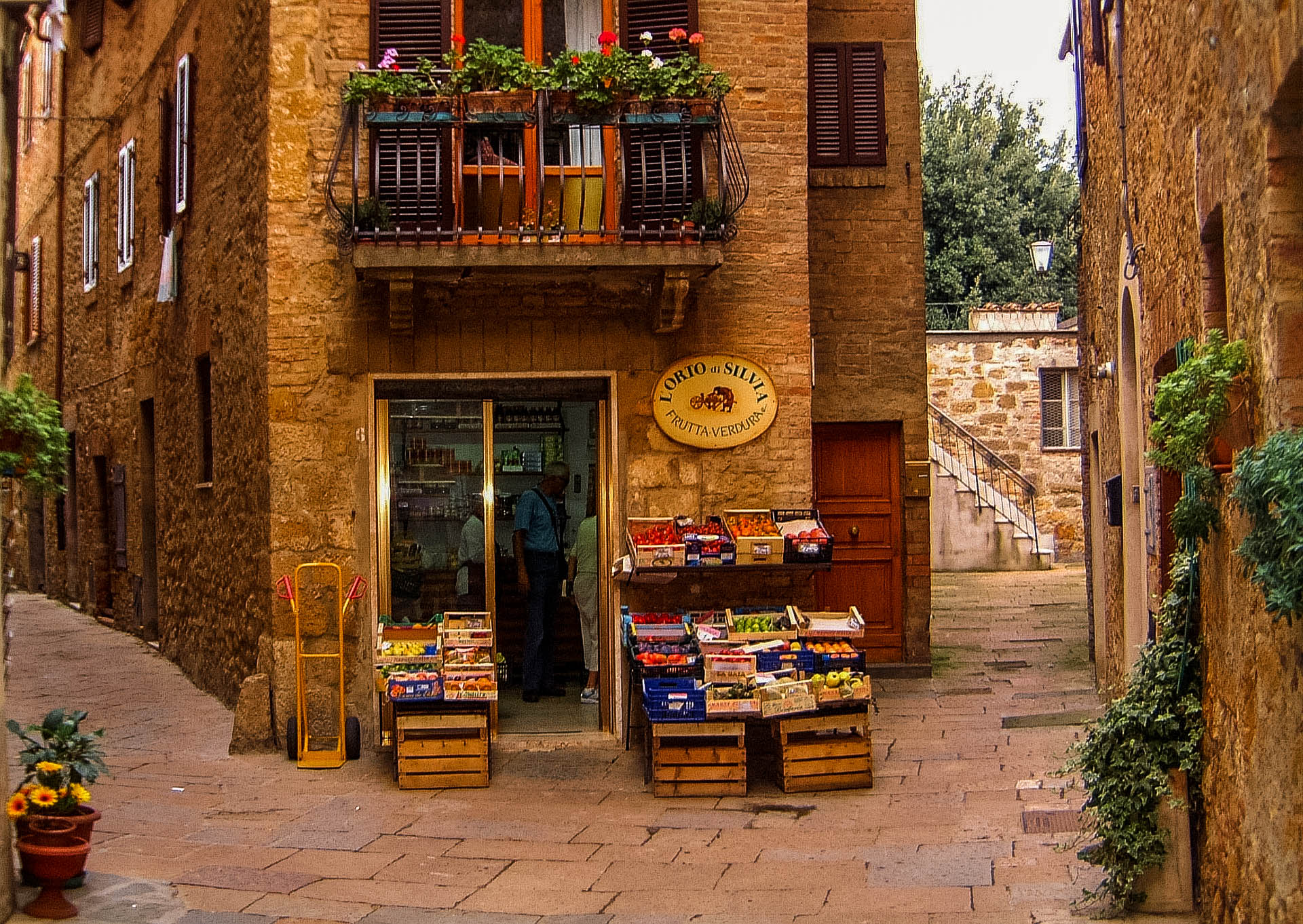
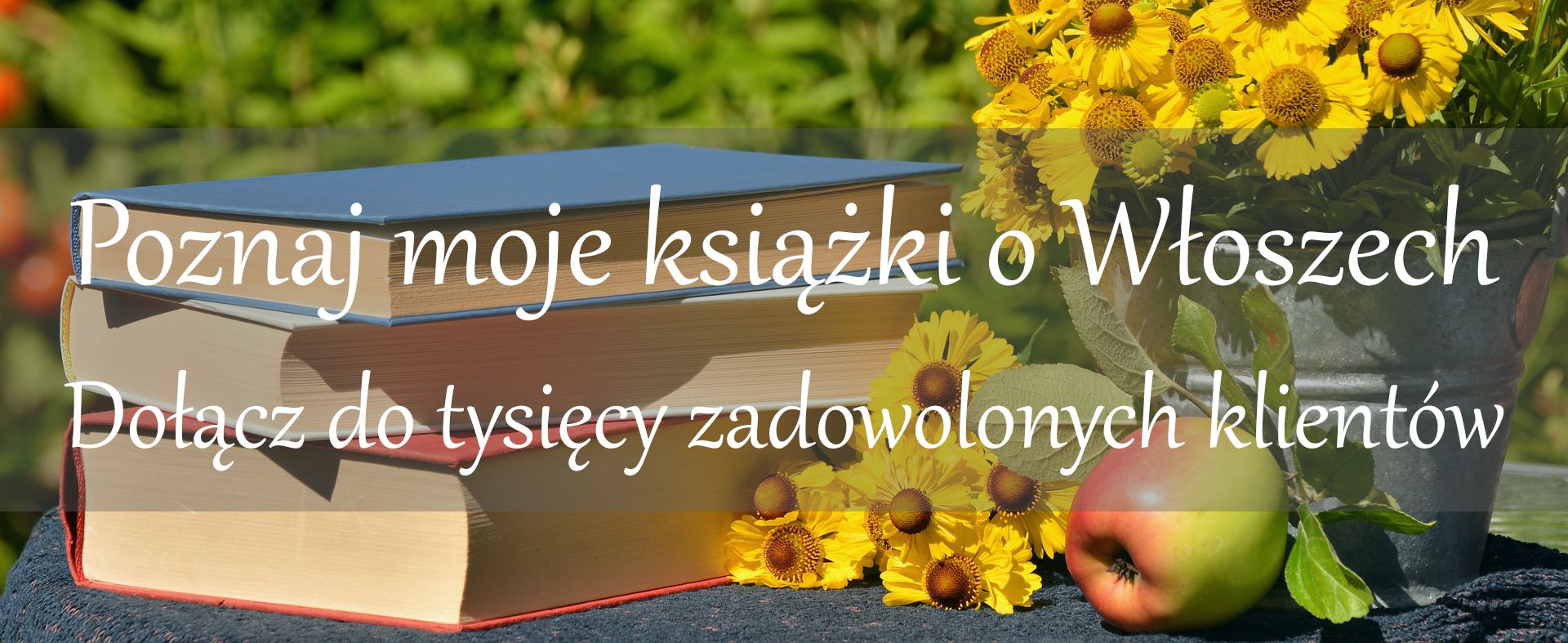

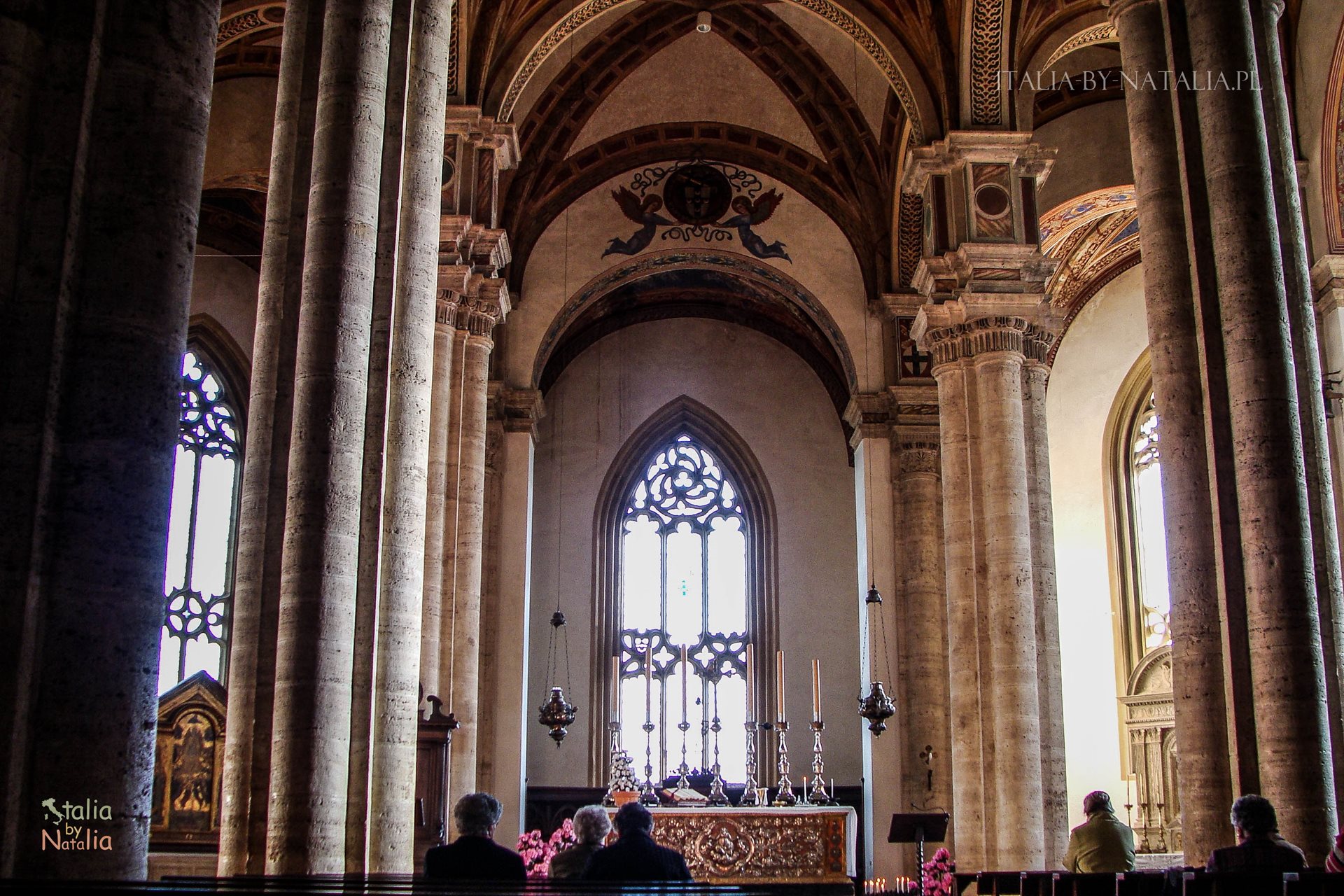


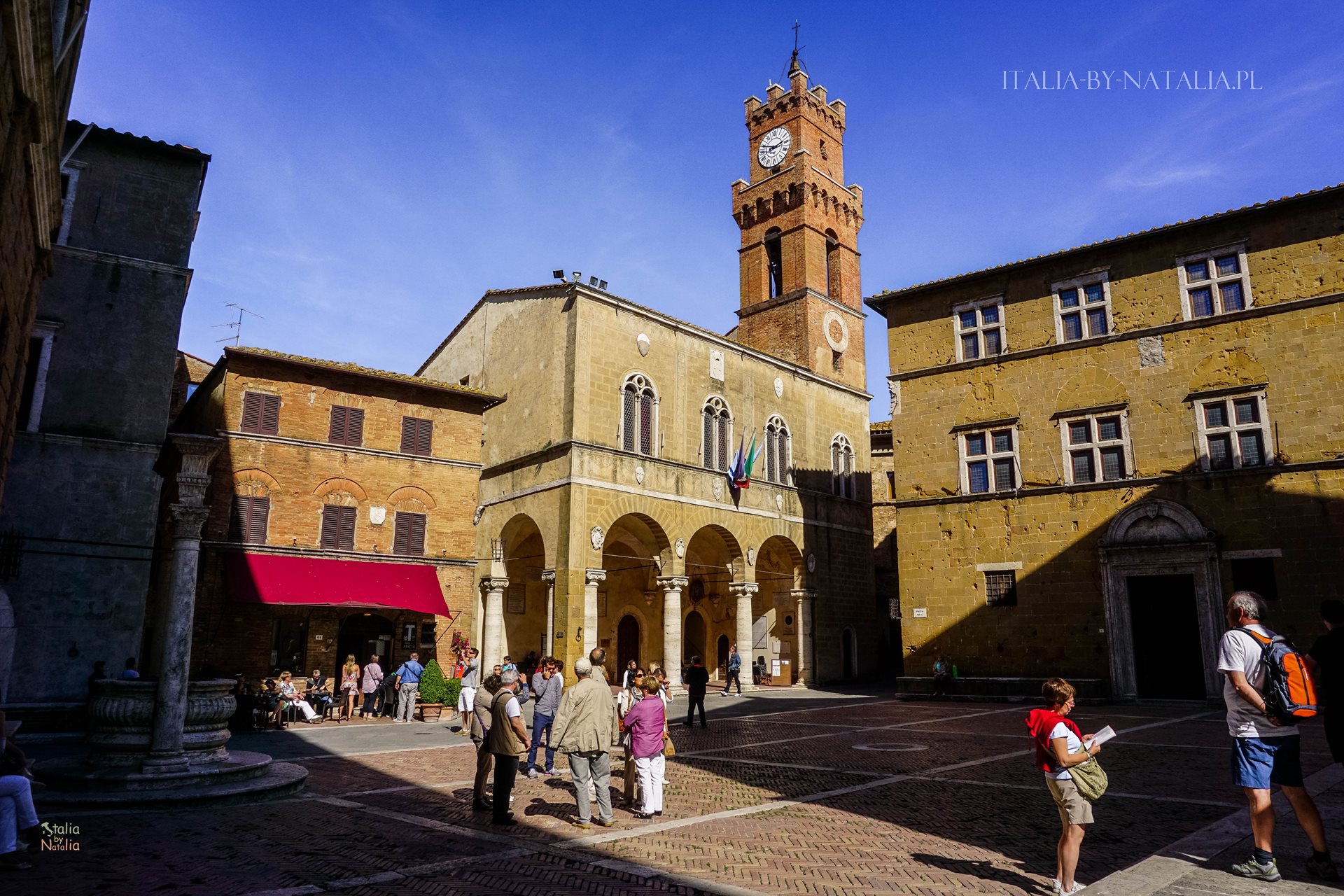


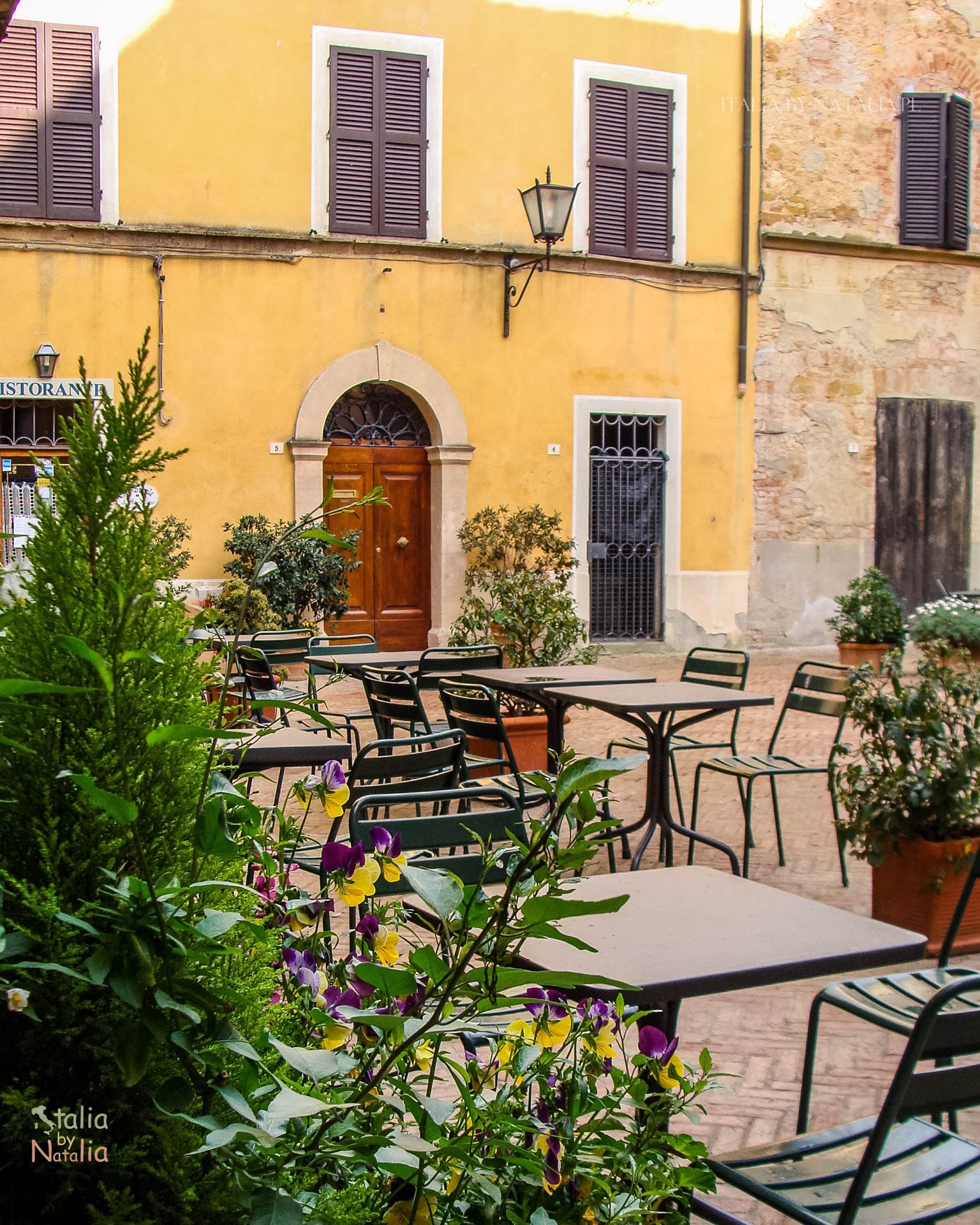



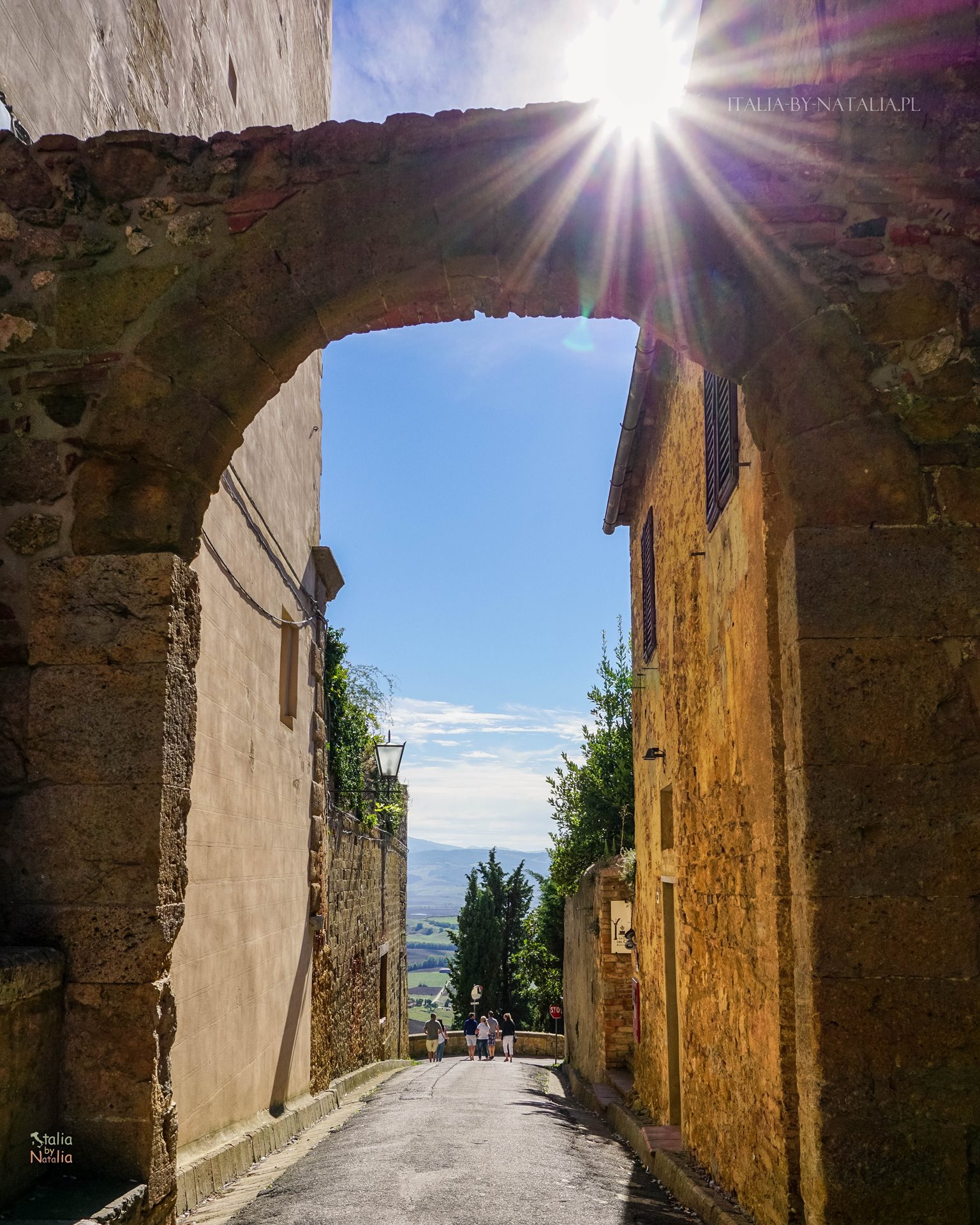


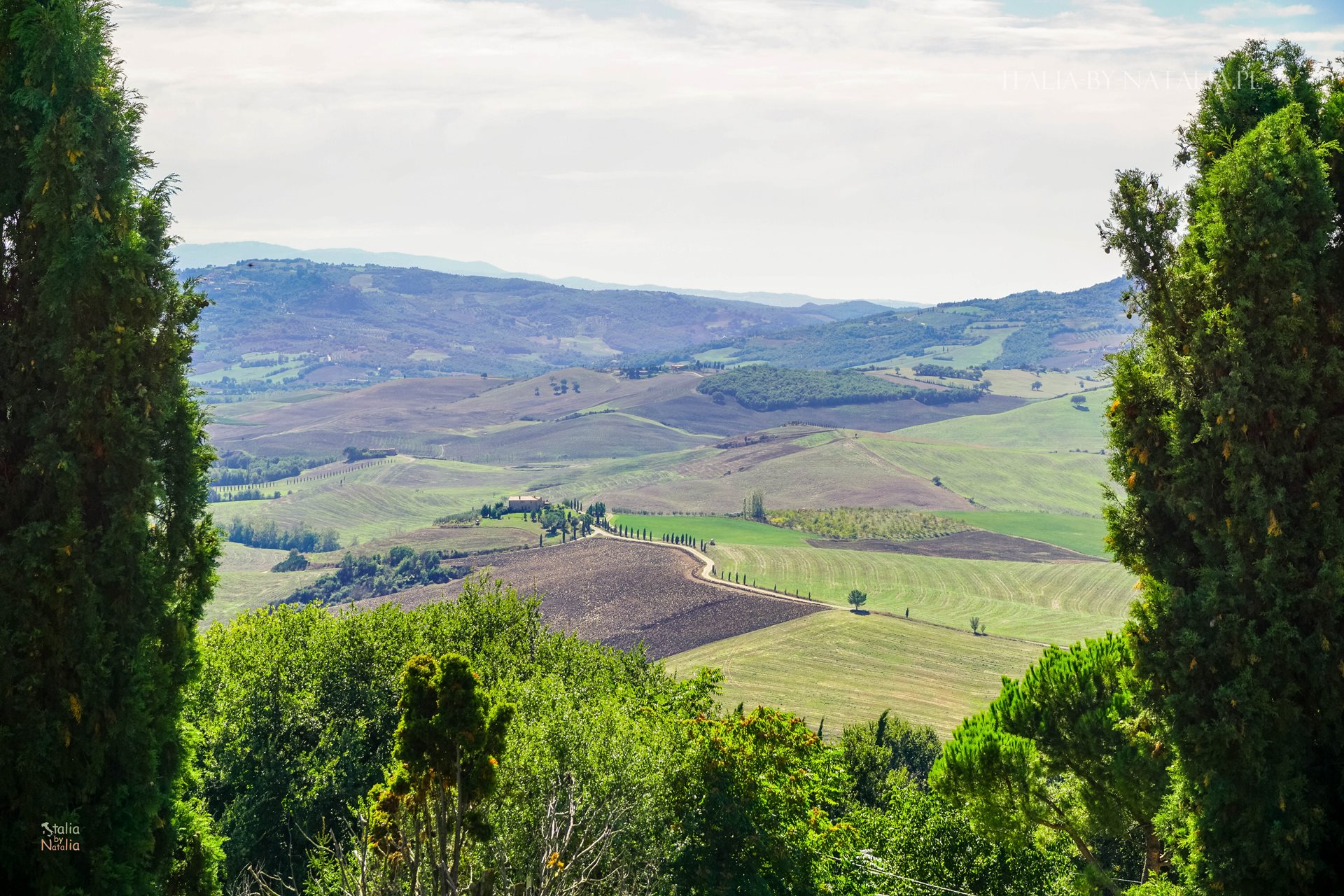
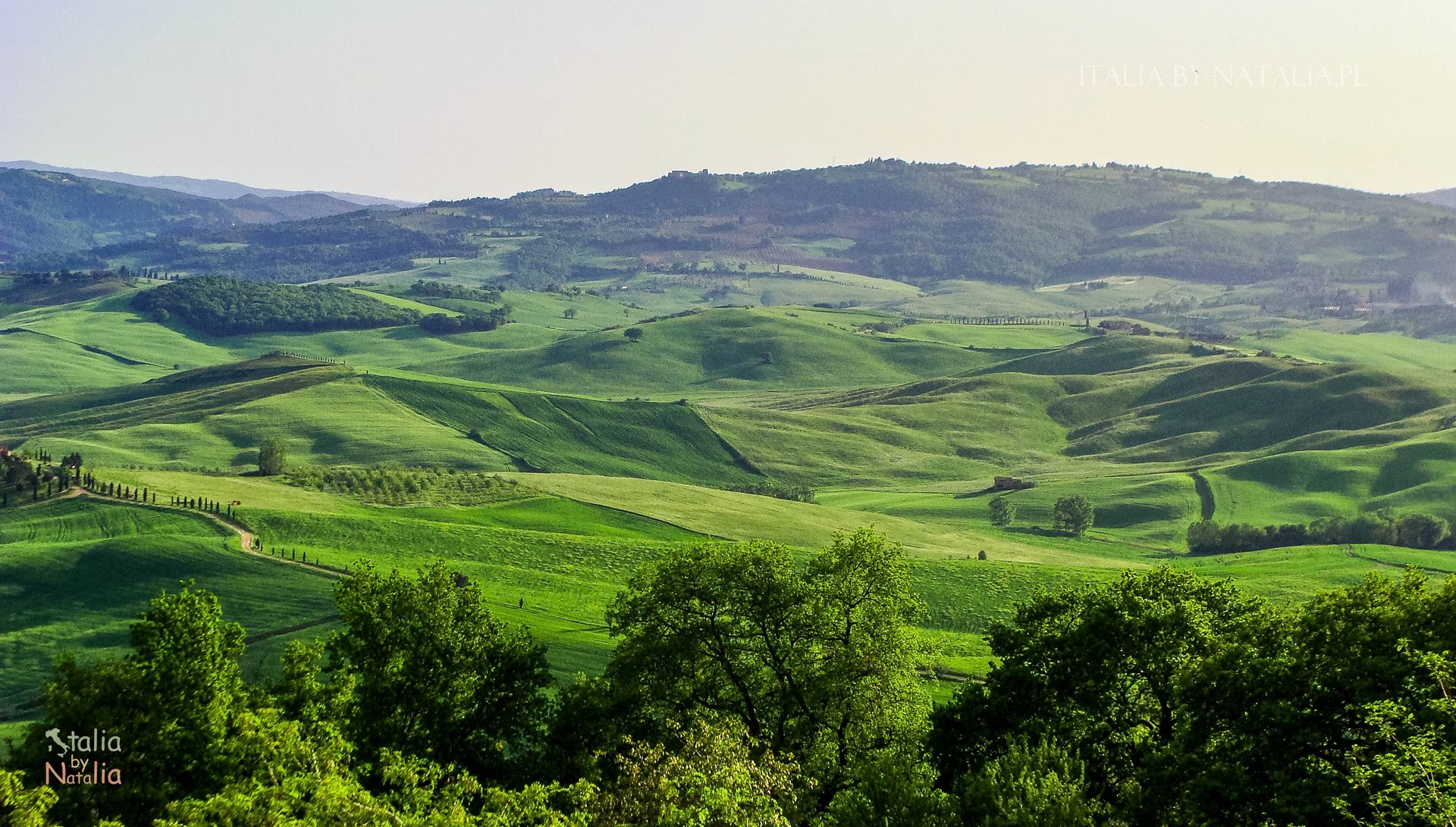



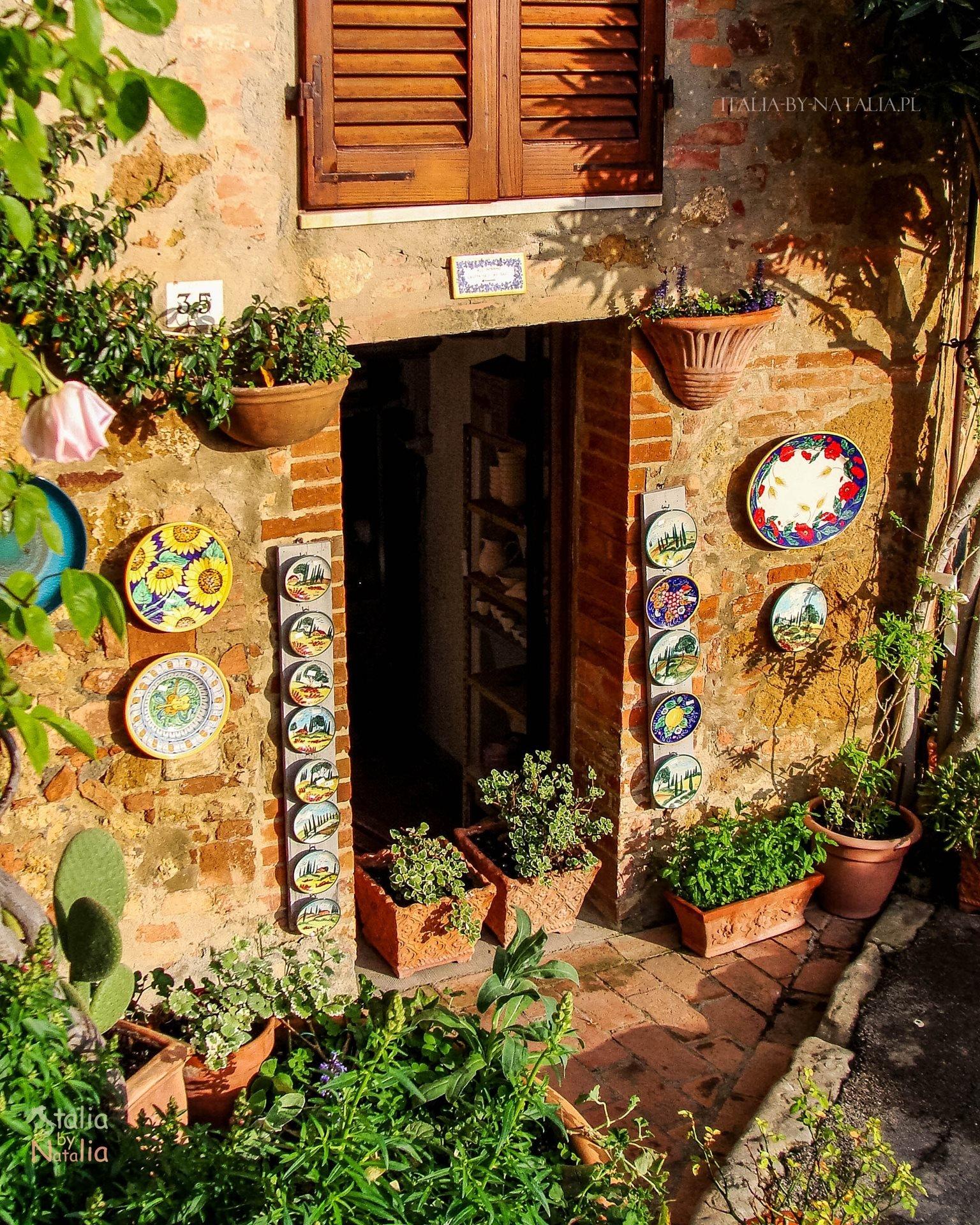


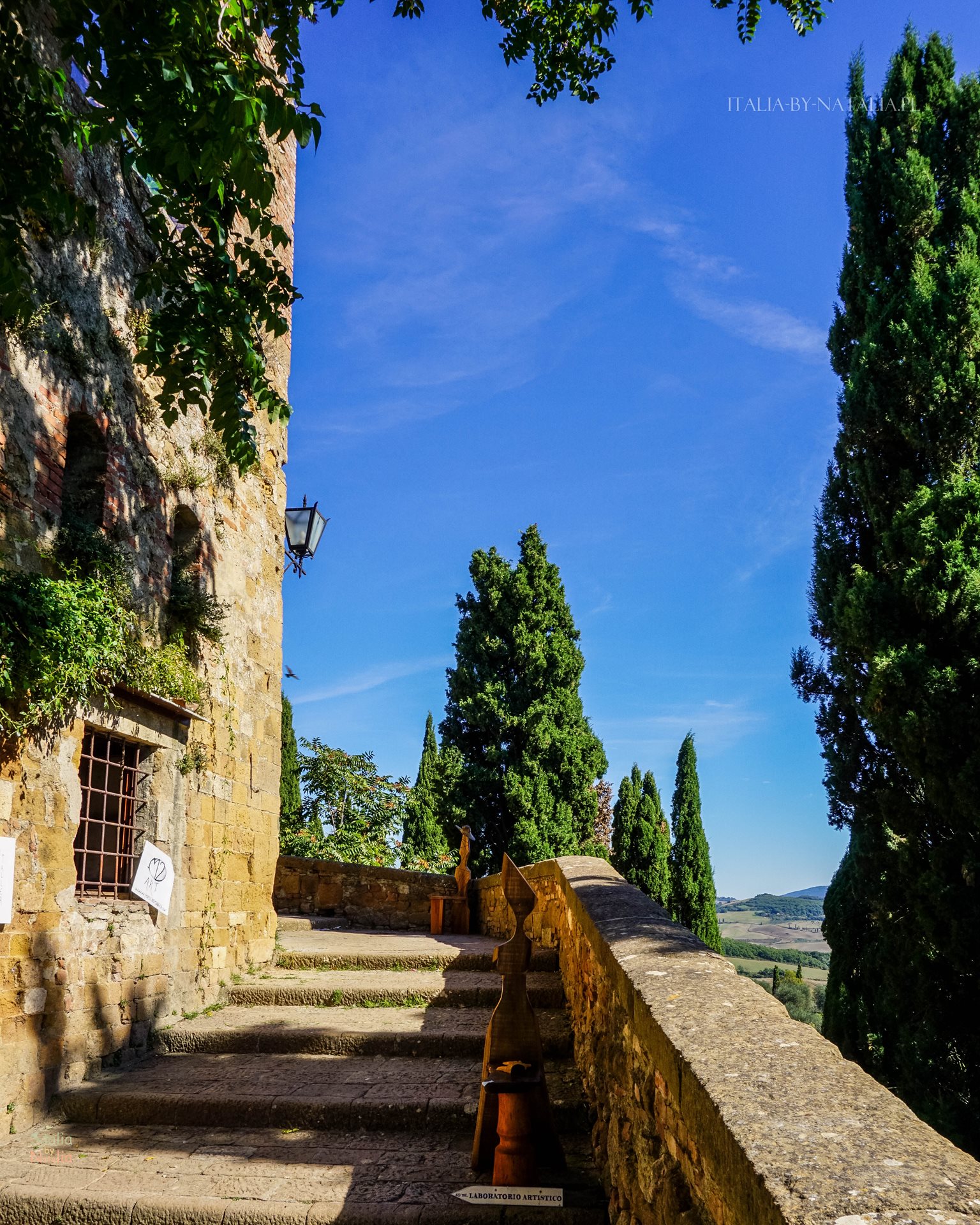





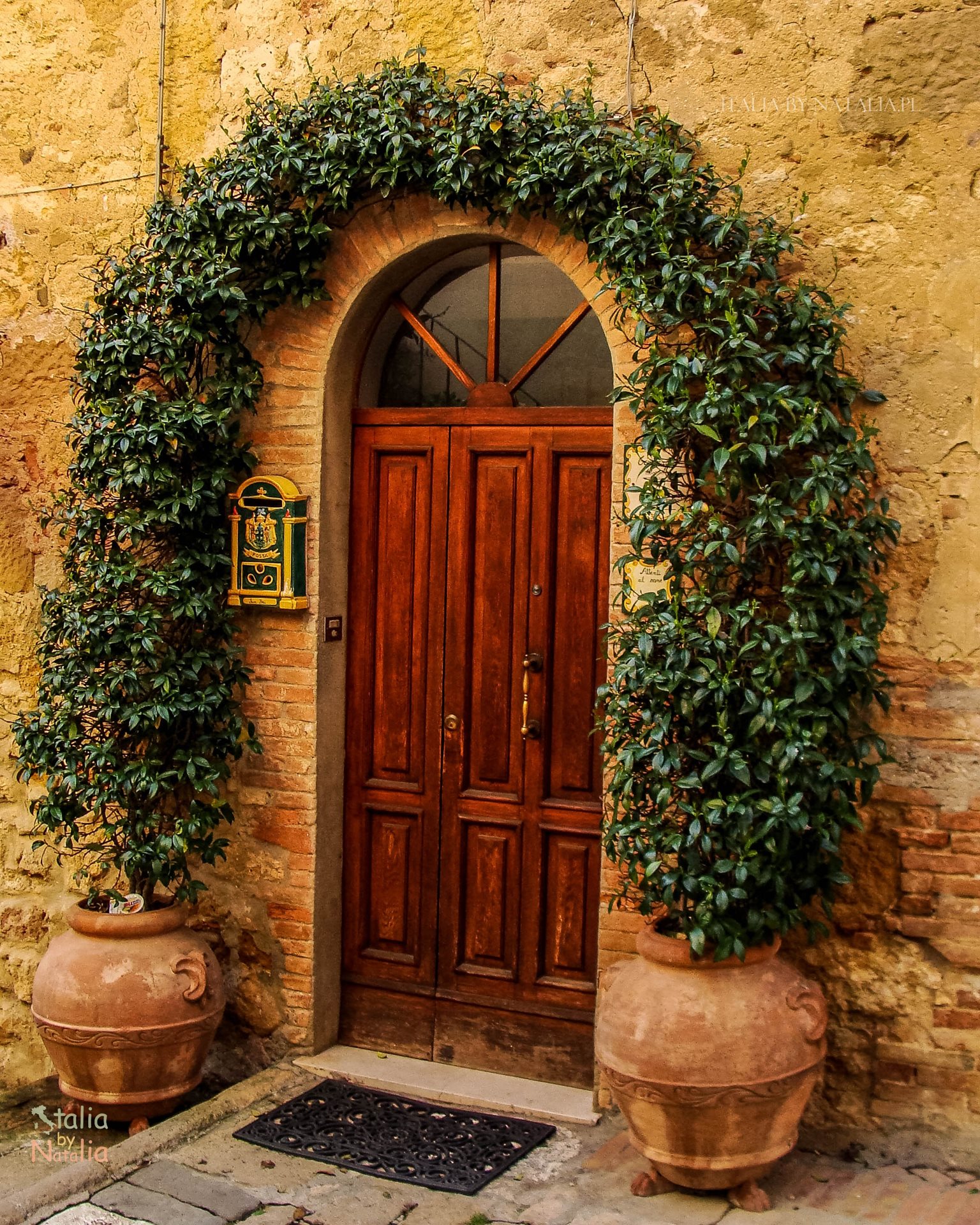








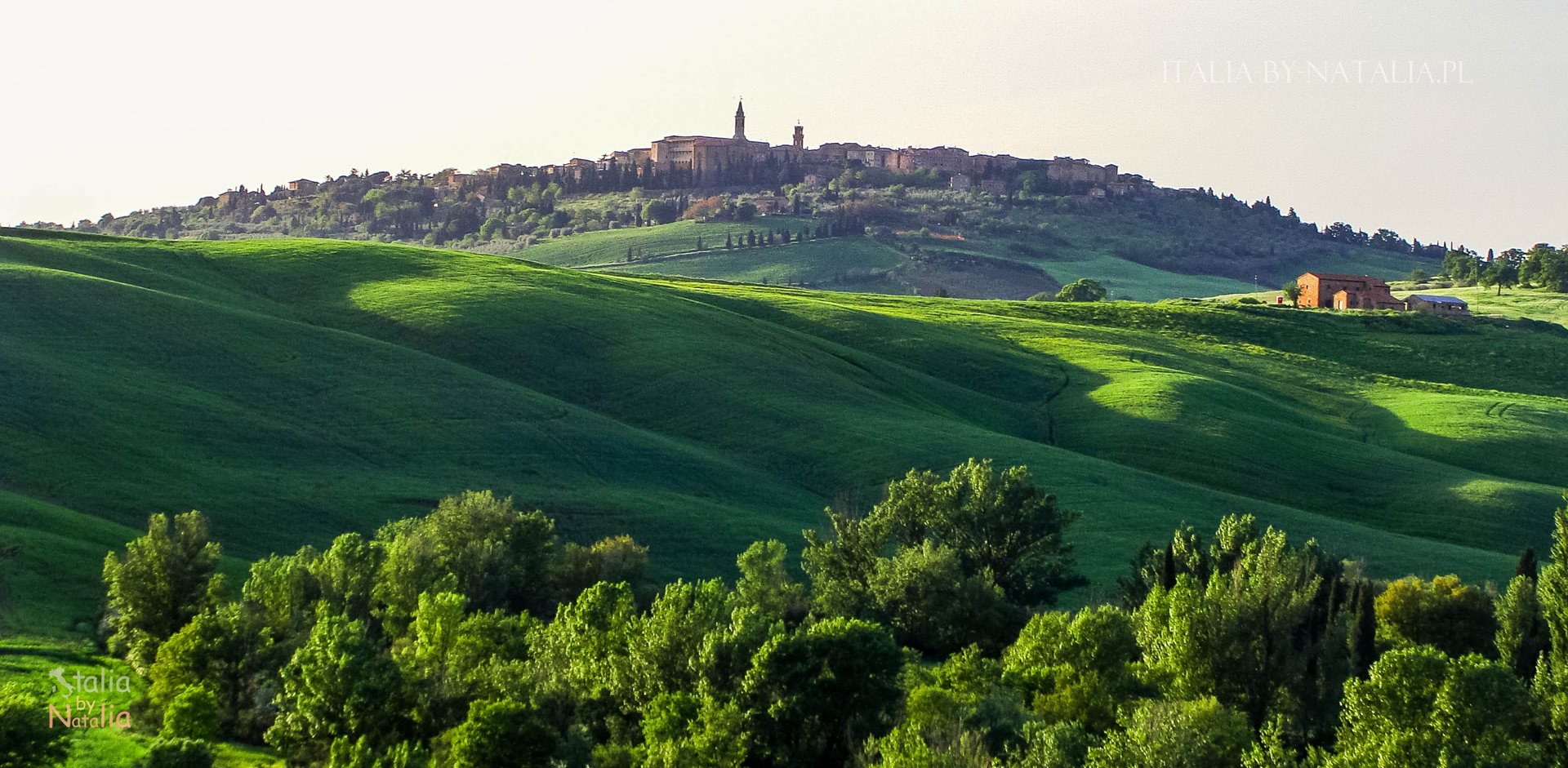


lovely photos and interesting facts about my favourite place